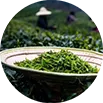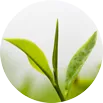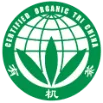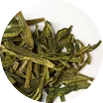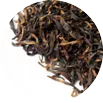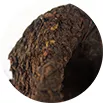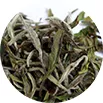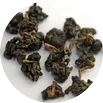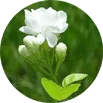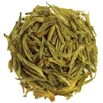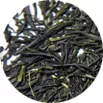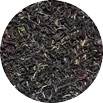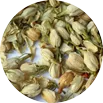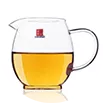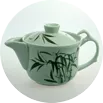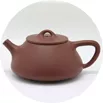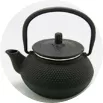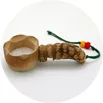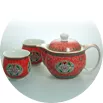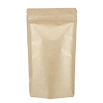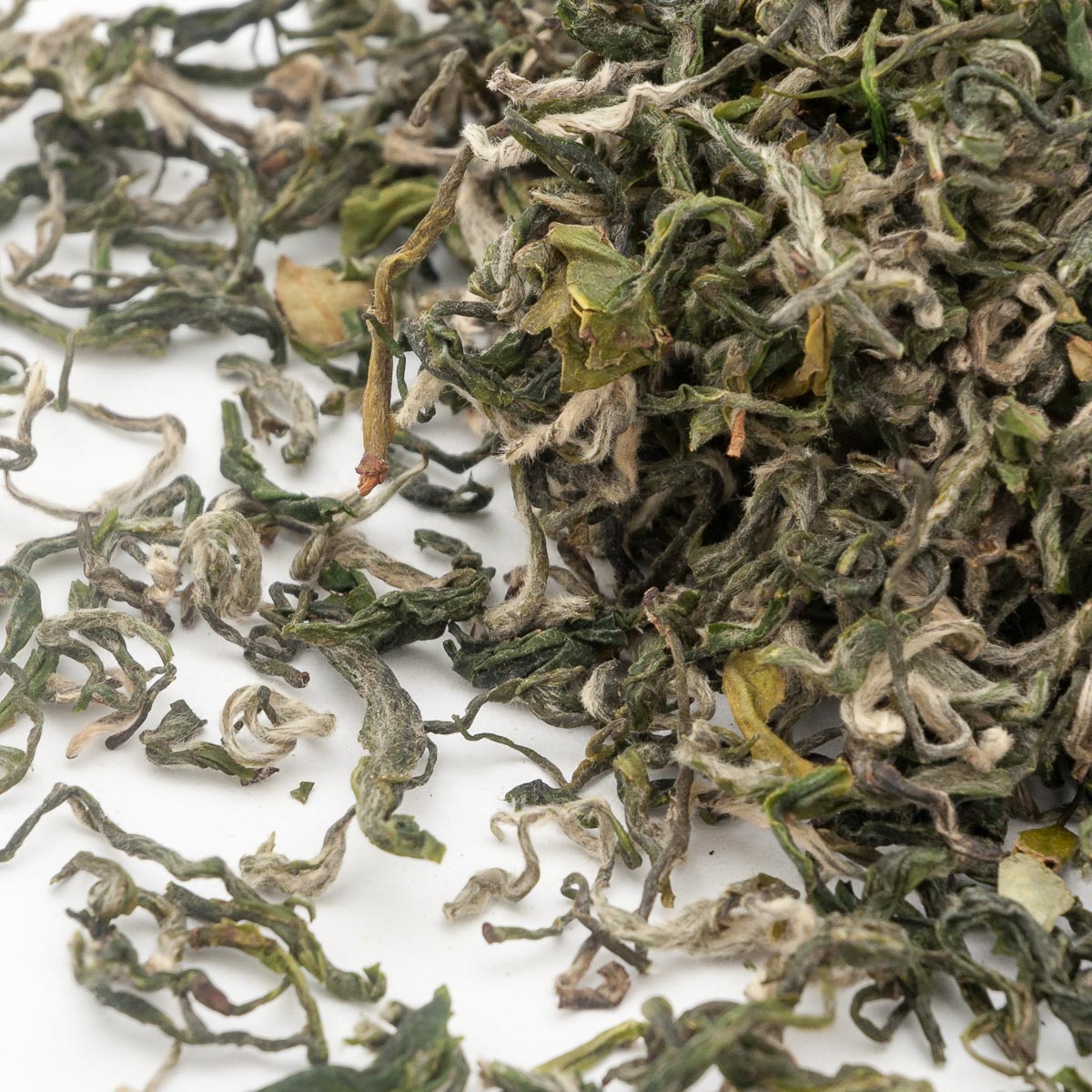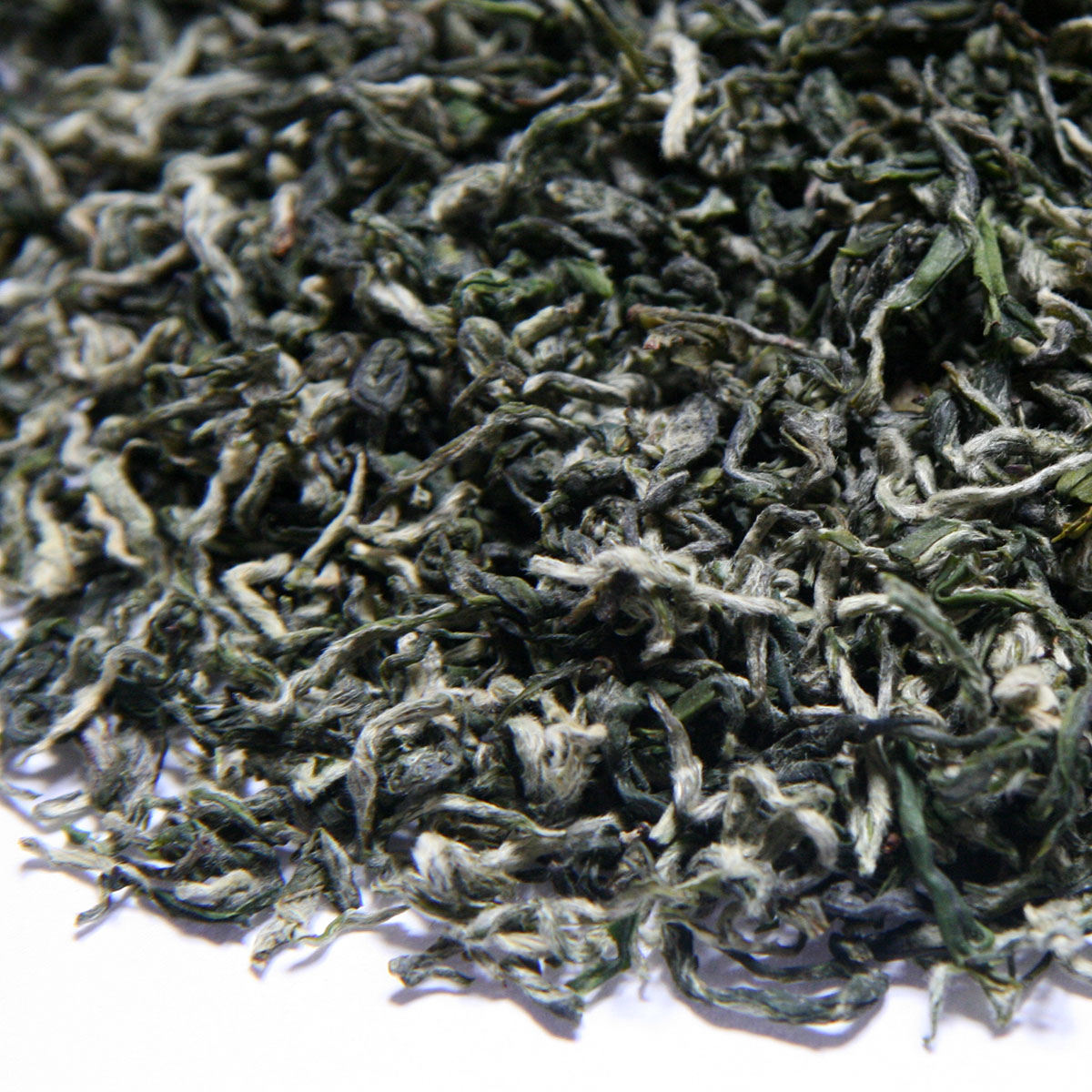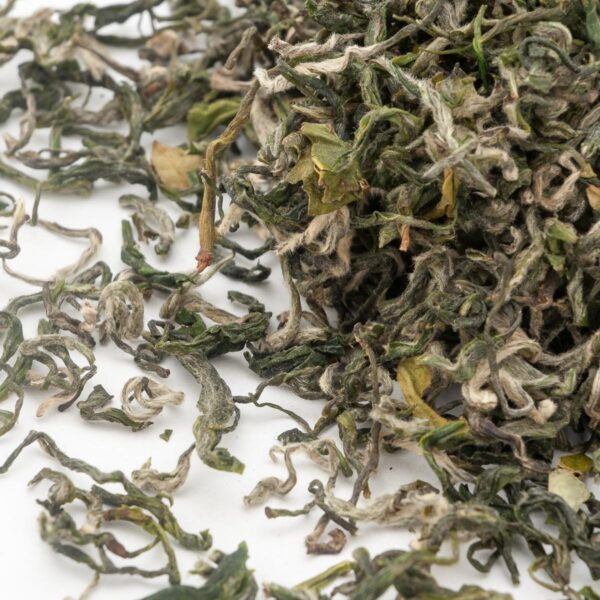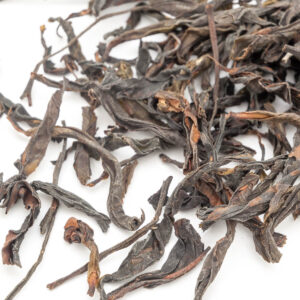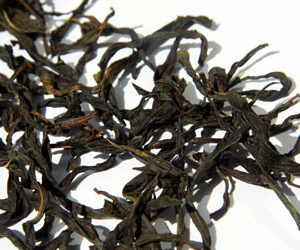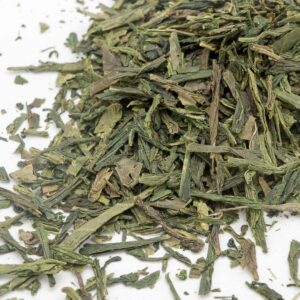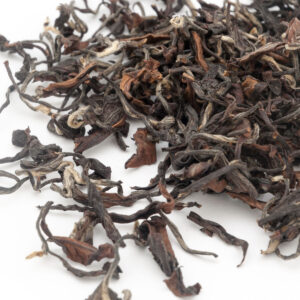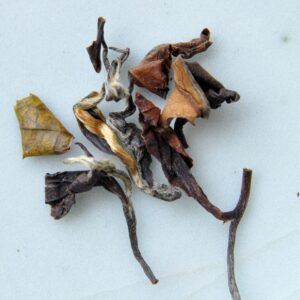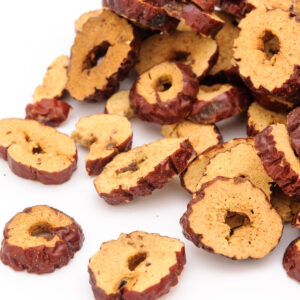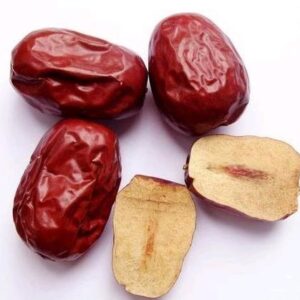The fertile mountain plateau of Dong Ting Shan on the shores of Lake Tai Hu in eastern China is best known for its fruit and tea. Tea plantations alternate with gardens of fruit trees and tea absorbs the scent of their flowers.
Bi Luo Chun Ji Pin
Please, login to see prices and buy
“Green Snail Springtime” – It is also known as the “One tenderness, three freshness”, it’s fragrant, strong, mellow, and bright in color. Floral and fruity, refreshing, with a special charm. The high grade of one of the ten most famous Chinese teas.
Tender and pleasantly smoky taste with tones of honey and ripe fruit that leaves a long sweet aftertaste in the mouth. Very pleasant drink not only on summer days.
| Weight | 500 g |
|---|---|
| Origin | |
| Place | |
| Harvest | |
| Character |
Related products
Ya Shi Dao Hua Xiang
An excellent tea with a traditional but not very tempting name - "The smell of duck droppings". The tea itself has one of the most amazing aromas that Dan Cong type teas can offer - delicious and full at the same time, charming, reminiscent of rice flowers, smooth and very sweet with complex floral tones and a long-fading aftertaste.



